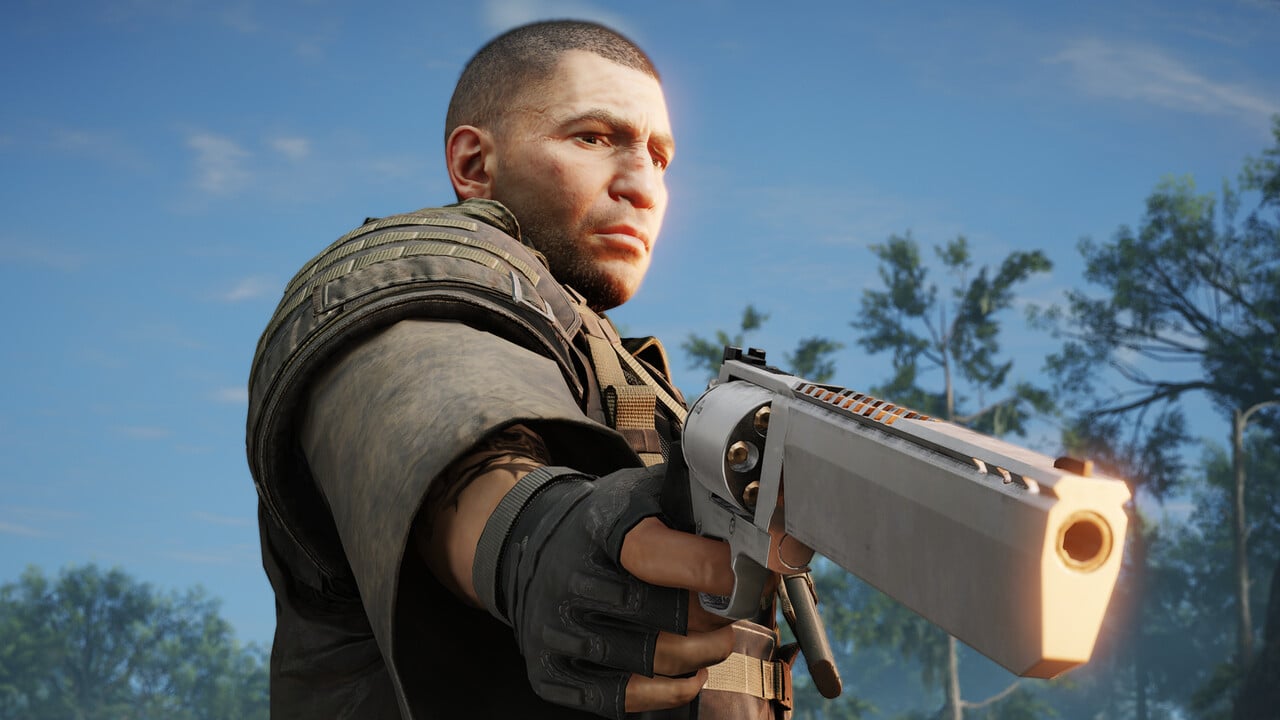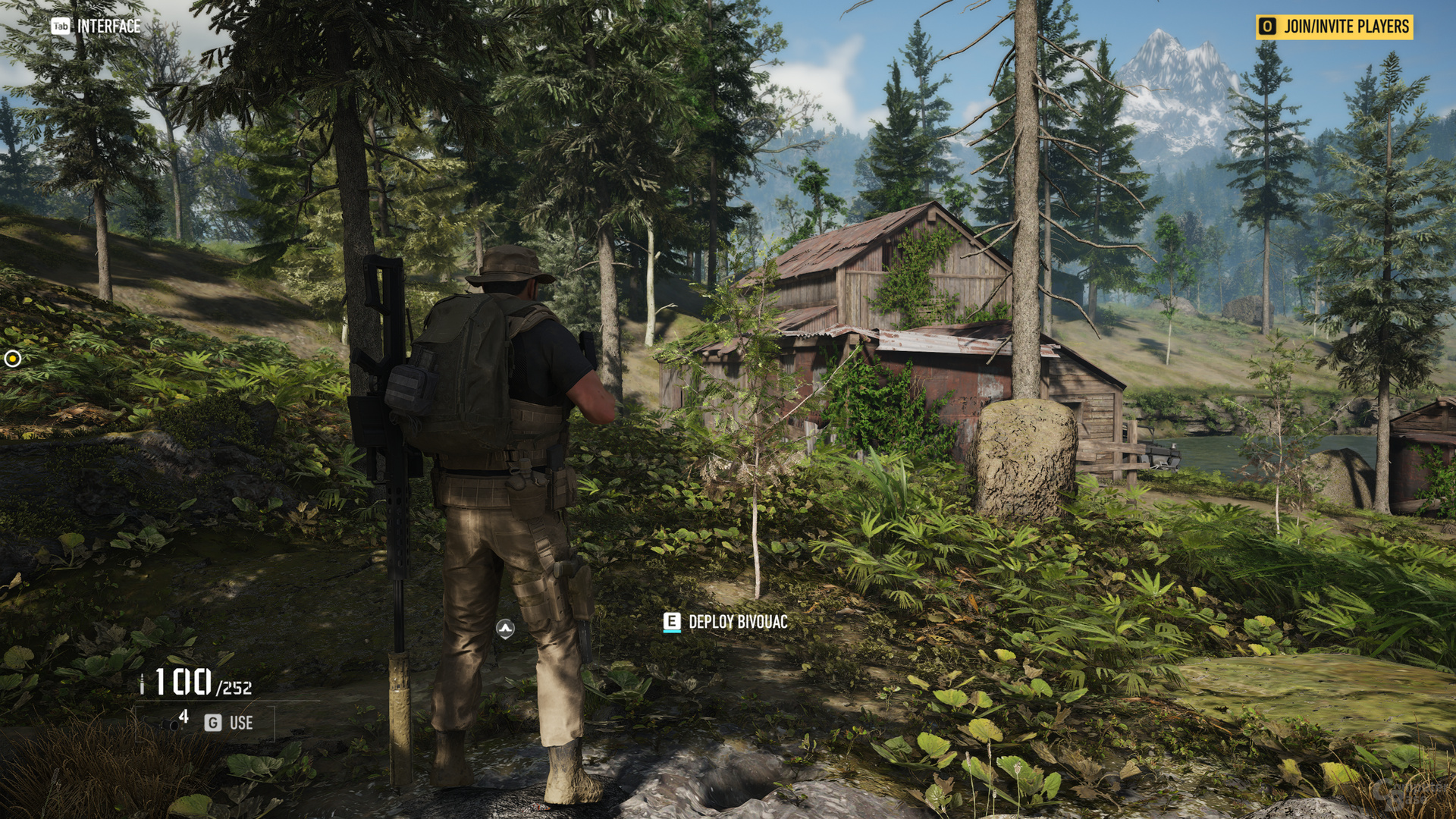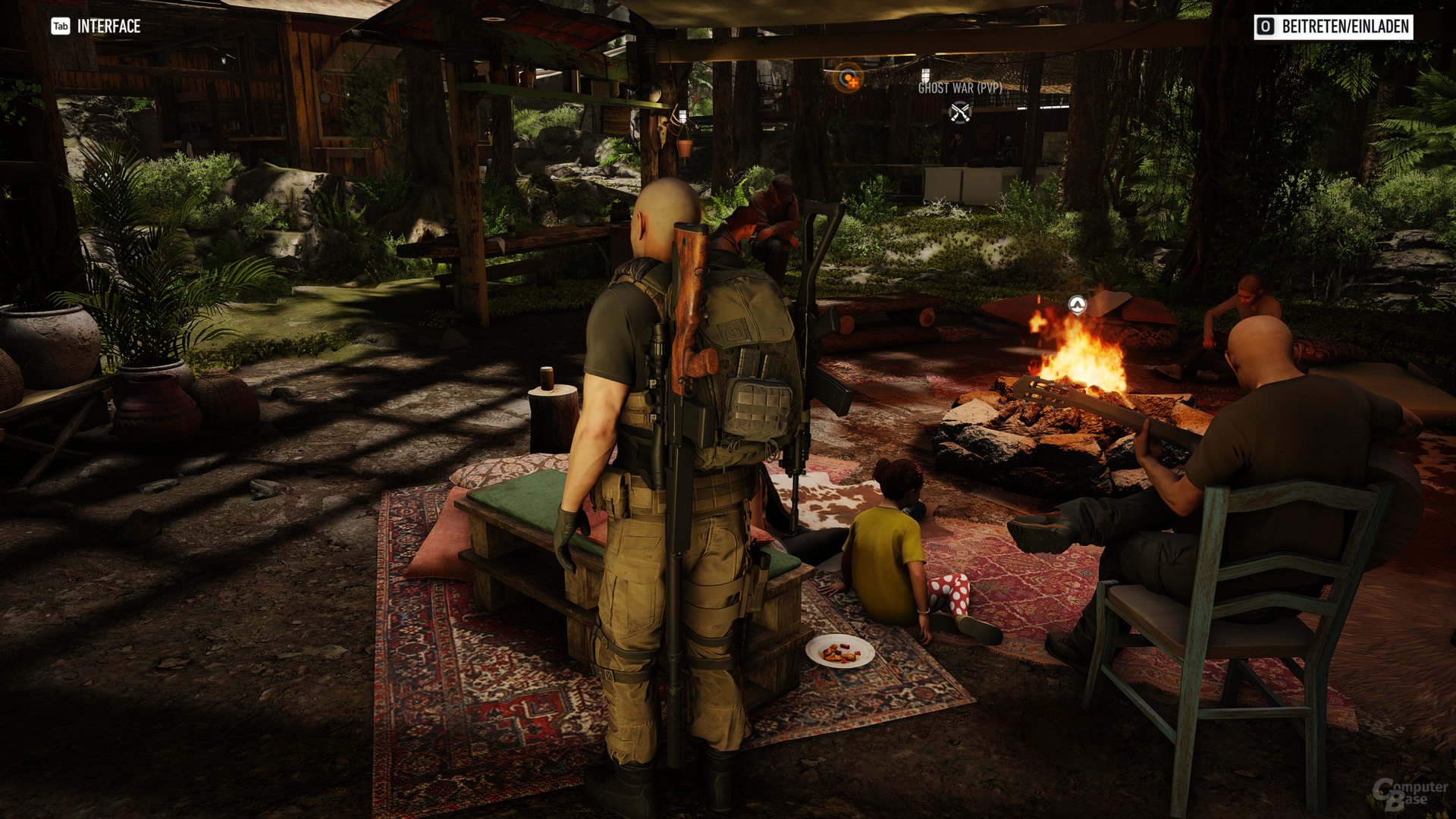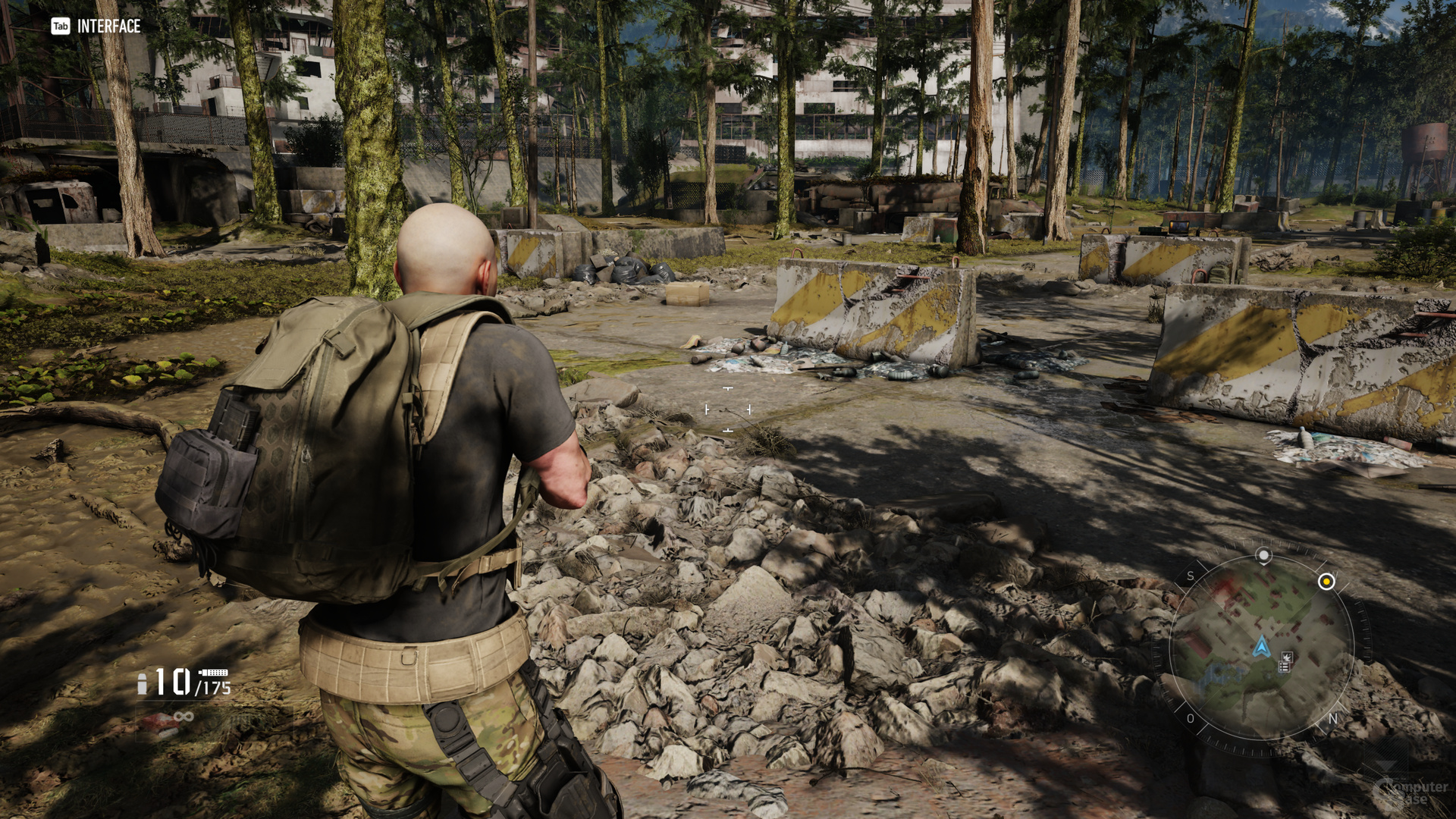– Wildlands is followed by Ghost Recon Breakpoint and its start is bumpy. The game has nice graphics, but requires a very fast calculator. The old GPU middle class is already getting out in Full HD. There are also some weaknesses in terms of play.
Update 09.10.2019 1:29 p.m.
The popular Wildlands from early 2017 is followed by Ghost Recon Breakpoint, the second part of the action series that can be played either alone or in co-op mode since the new edition. The developer Ubisoft Paris has made some changes in the latest part, which are less well received by the players. In addition to the classic technology test including many benchmarks, BitcoinMinersHashrate also takes a look at the game itself below.
The graphics are not always better
Like the predecessor Wildlands and the current Assassin's Creed titles, Ghost Recon Breakpoint uses the AnvilNext 2.0 engine. Ubisoft, of course, drilled them out a bit for the title. There are now significantly more details in the picture and with improved lighting, the game can create a denser atmosphere. In conjunction with an almost perfectly smoothing edge, Ghost Recon Breakpoint can look really good. However, Breakpoint can also look worse than its two and a half year old predecessor, Wildlands.
Because Ubisoft has noticeably reduced visibility. – probably to reduce hardware hunger. Even at a medium distance, a light gray haze covers the image and limits the effective range of vision. In addition, the LOD works quite aggressively, so that objects pop up in front of the player every now and then. In some scenes, this means that the predecessor had more to offer visually.
Async Compute – despite DirectX 11?
Ghost Recon Breakpoint uses DirectX 11 as an API. The PC version was developed in close technical cooperation with AMD. Interestingly, AMD speaks of Async Compute, which actually requires a low-level API and thus DirectX 12 or Vulkan. How Async Compute now fits with DirectX 11, whether a low-level API will follow or whether AMD has simply made a mistake is currently unclear. However, it is certain that the game supports FreeSync 2 HDR and AMD's FidelityFX.
Ubisoft has raised the graphics menus to a new level with the last few games and is continuing this with Ghost Recon Breakpoint. Everything you want is offered, both in terms of the options themselves and their presentation. So there are not only many menu items in general, all options are described and there is also a sample screenshot. Since all changes are accepted without a restart with one exception, you can play around with the options very well. The exception is the texture level. For this you have to switch to the main menu.
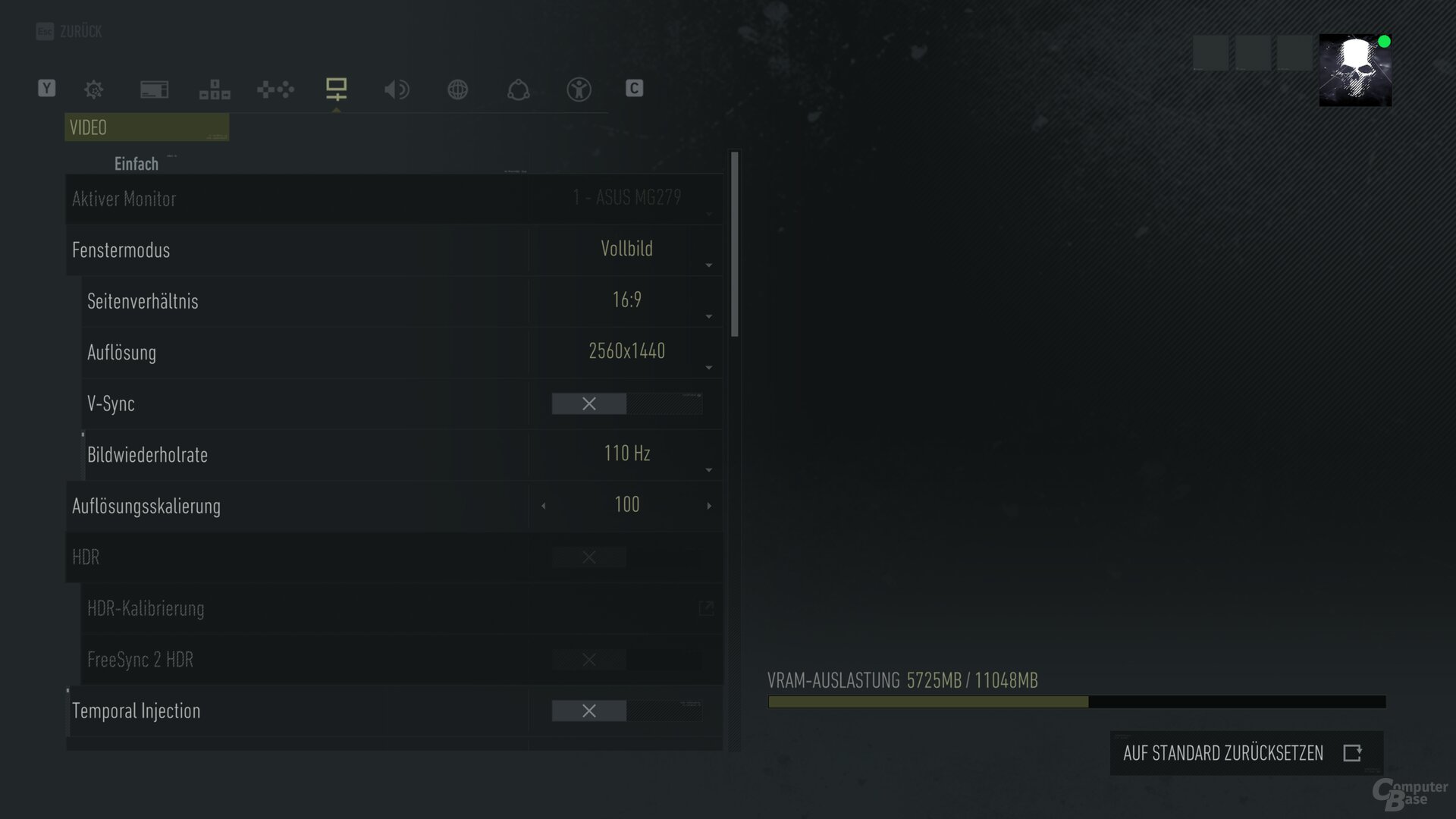
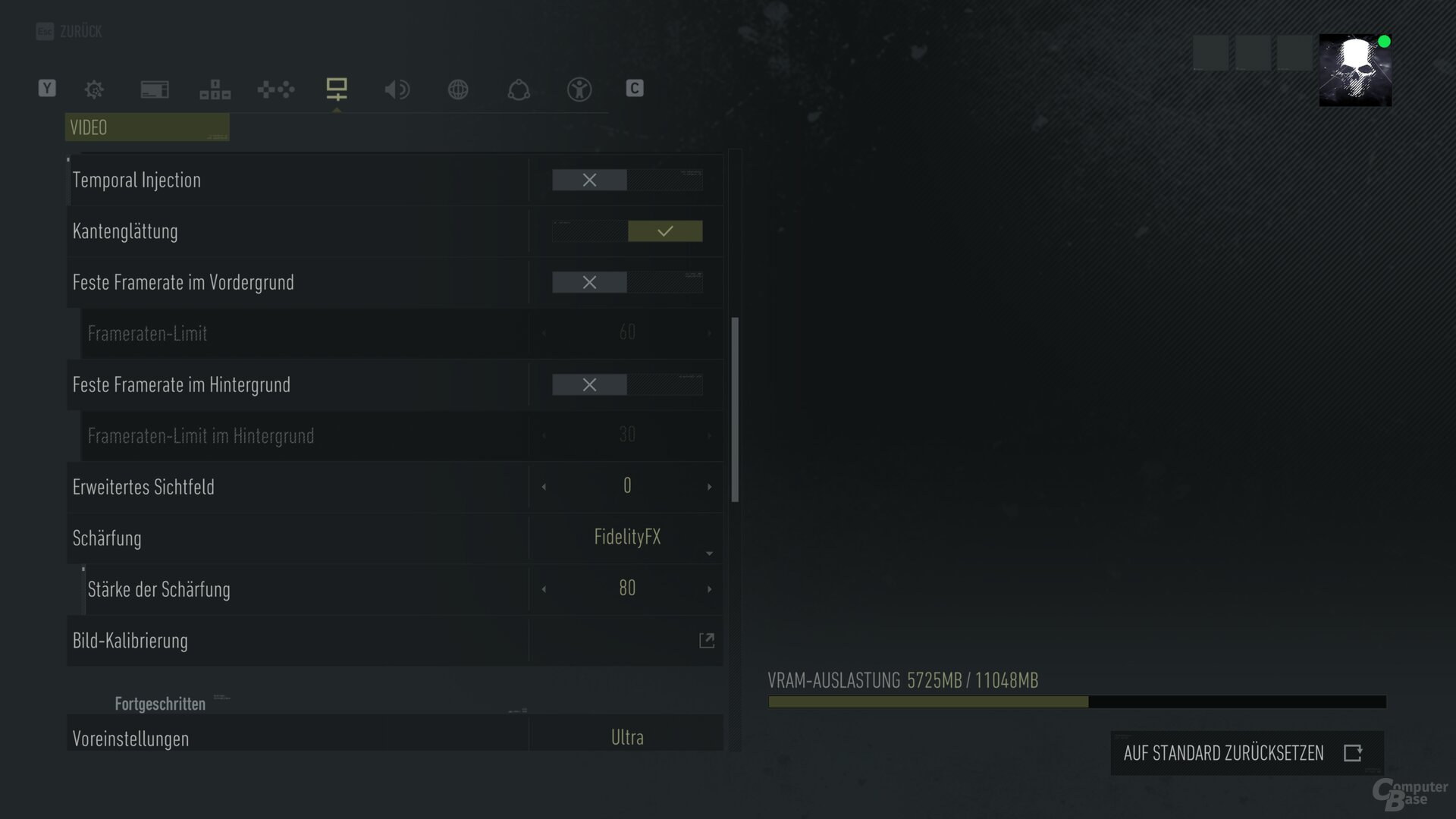
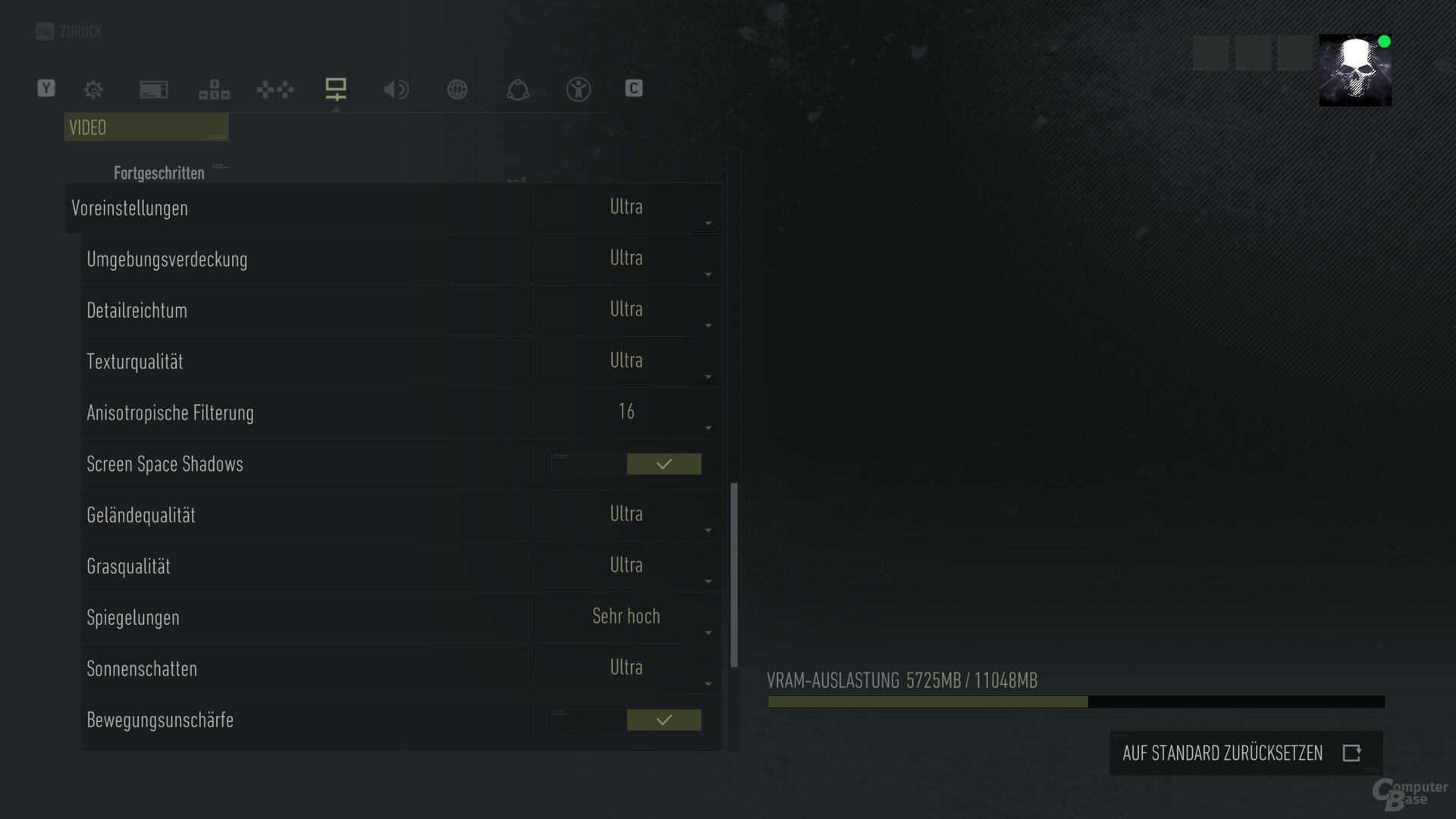
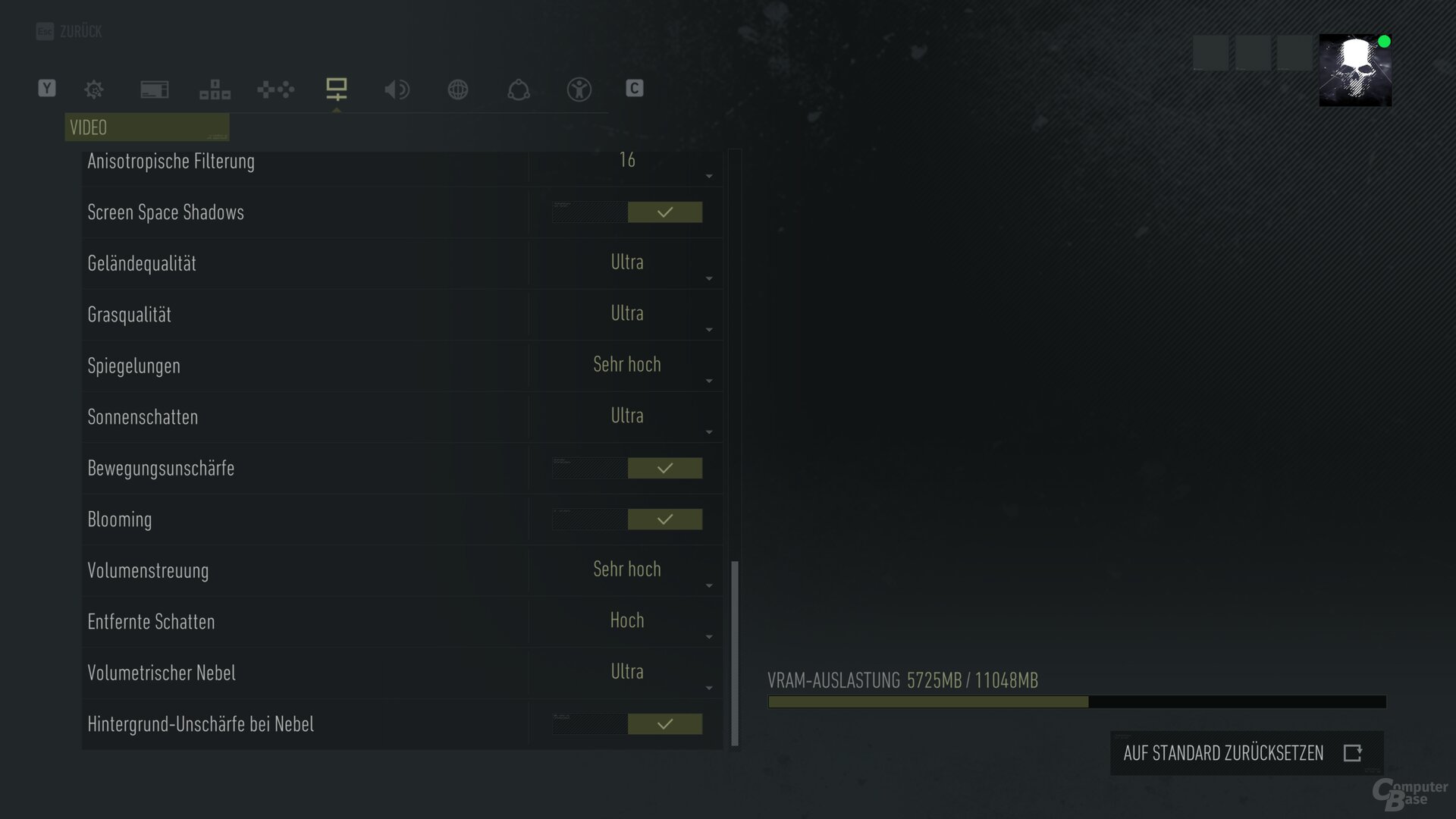
Ghost Recon Breakpoint offers internal downsampling and upsampling. The resolution can be reduced to 50 percent or doubled to a maximum of 200 percent. The changes can be made in steps of 10. There are also two different FPS limiters. The one for the actual game can be set from 20 FPS to 160 FPS in steps of 1. The second limiter takes effect when the game is not in focus (Alt + Tab, Multi-Monitor-Setup etc. pp.). There is also an integrated benchmark. What is missing is an FPS counter. Information about frame rate, frame time or ping cannot be shown.
Six presets with visible effects
Ghost Recon Breakpoint offers six different graphic presets on the PC with "Low", "Medium", "High", "Very High", "Ultra" and "Ultimate", whereby Ultimate also represents the maximum possible quality. If you switch back from Ultimate to Ultra, you have to be satisfied with fewer details at a greater distance. Even at close range, the details decrease, but only minimally. The overall visual restrictions are small.
The differences between Ultra and Very High are significantly larger. The details decrease further away and the shadows look less realistic. In contrast, other differences have only a slight optical effect. With high, the LOD then works much more aggressively, so that more and more objects pop up visibly in front of the player. In addition, the shadows are less detailed and the lighting quality visibly deteriorates. With the middle preset, the number of objects continues to decrease and generally they appear more angular. With the low setting, breakpoint is ugly.
If you want more performance, you can easily reduce the graphics details from Ultimate to Very High. A last emergency nail is high, but the game only looks good to a limited extent. The medium and low levels should only be used when the game is otherwise not running smoothly.
Graphics presets in Ghost Recon Breakpoint
Low-Preset
Central Preset
High-Preset
Very-high-Preset
Ultra-Preset
Ultimate preset
Low-Preset
Central Preset
High-Preset
Very-high-Preset
Ultra-Preset
Ultimate preset
In terms of performance, the Ultra preset brings a 15 percent increase in FPS over the Ultimate setting, both on a GeForce RTX 2070 and on a Radeon RX 5700 XT. The very high preset brings another 18 or 22 percent, the high setting another 18 and 17 percent. The performance in Ghost Recon Breakpoint can be improved by 64 percent with a still usable graphics quality on an AMD graphics card, with an Nvidia accelerator it is 61 percent.
Temporal injection should definitely be switched off
Ghost Recon Breakpoint only offers "On" or "Off" as anti-aliasing. The selection is easy, because without it, the entire screen consists only of flickering objects. The anti-aliasing is a variant with a temporal component that works very well. The game hardly flickers even in Full HD – there is rarely such effective anti-aliasing. However, especially in low resolutions, it places a clearly visible blur over the image. However, players can take action. More on this below.
The menu item "Temporal Injection" is located directly below the controller for anti-aliasing. It appears that this option automatically reduces the rendered resolution and includes information from pre-calculated frames to restore the lost quality at higher FPS as much as possible. While the speed does indeed increase considerably (+32 percent on a GeForce and +27 percent on a Radeon are possible), the image quality is visibly worse. In some scenes only something, in others clearly.
Temporal Injection – 2,560 × 1,440
Temporal Injection On
Temporal Injection Off
Temporal Injection On
Temporal Injection Off
Sharpness is generally lost. It is also no longer recoverable. However, two other problems are much more serious. For example, temporal injection sometimes has problems with fast-moving objects – and the game has a consistently strong wind that moves grasses and bushes at high speed. There is a violent dragging effect here. In addition, some objects generate graphic errors when the temporal injection is switched on. With the option, for example, fire is basically broken and appears pixelated. In addition, it is not very helpful that the very good anti-aliasing with the temporal injection still flickers. It is therefore advisable to buy better performance through reduced details. In contrast, the temporal injection should remain switched off throughout.
FidelityFX
Ghost Recon Breakpoint supports AMD's FidelityFX. It is a sharpness filter that does not process the entire image, but only high-contrast surfaces. And that works very well in Breakpoint. FidelityFX should therefore be activated throughout, especially since it costs practically no performance. On the plus side, the whole picture is quasi sharper. Because the game, unlike Borderlands 3 with FidelityFX, for example, offers many high-contrast surfaces, the effect is significantly greater.
With the help of FidelityFX it is possible to completely compensate for the very effective, but somewhat fuzzy anti-aliasing. Even in Full HD, the game looks sharp (for the resolution). In addition, there are levels 0 to 100 in Breakpoint, with which the degree of sharpness can be regulated. The editorial team's recommendation is to leave this at the default setting of 80. Because the benefits are great and yet objects in connection with anti-aliasing do not tend to flicker.
FidelityFX – 2,560 × 1,440
FidelityFX Off
FidelityFX on
FidelityFX Off
FidelityFX on
It must be 8 GB for the beautiful textures
Ghost Recon Breakpoint has good textures that are very sharp and show a lot of details. Even if the quality of the surfaces fluctuates somewhat, there are only real dropouts in the game with the main character in cutscenes. It is there that his skin on his arms looks blurry and detailed. Curiously, the face representation works better with other characters.
The graphics card should have 8 GB of memory for full details regardless of the resolution. If the texture quality is reduced to Ultra, 6 GB is sufficient for Full HD, but higher resolutions still require 8 GB.
On the next page: GPU and CPU benchmarks and frame times




